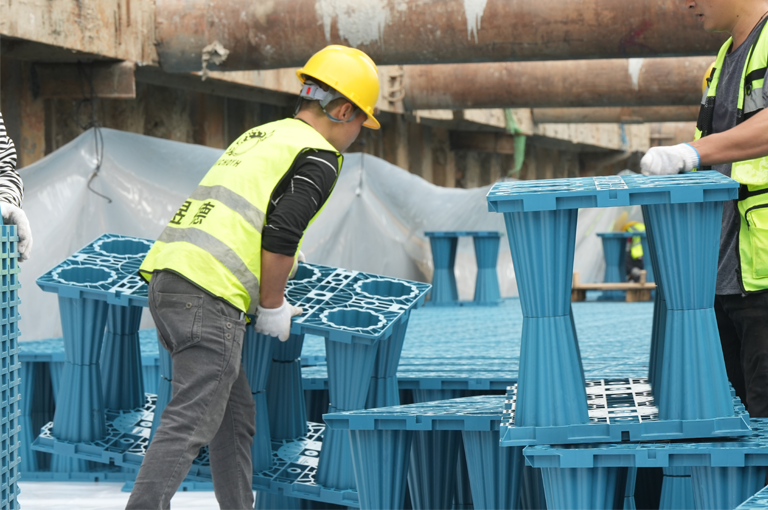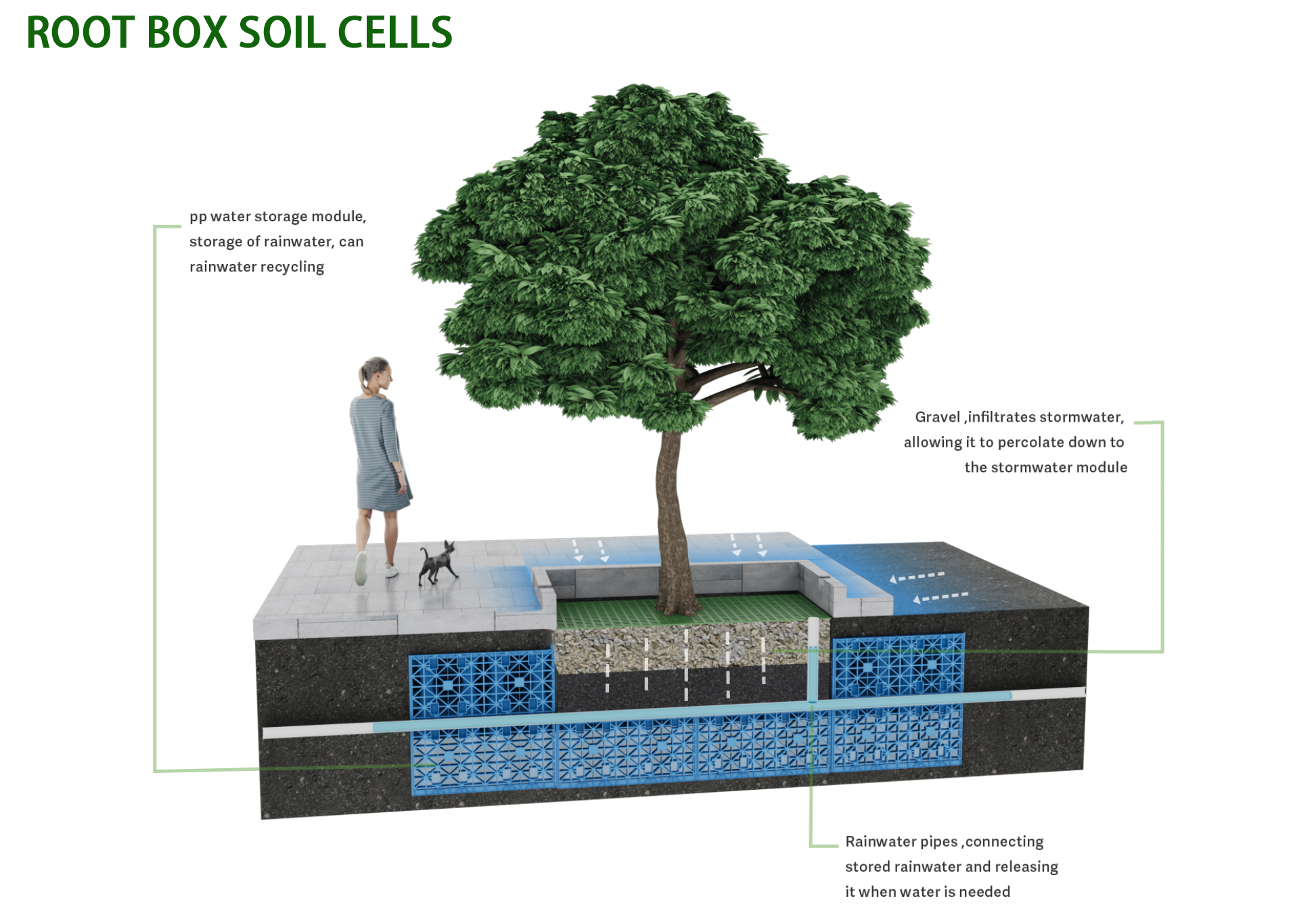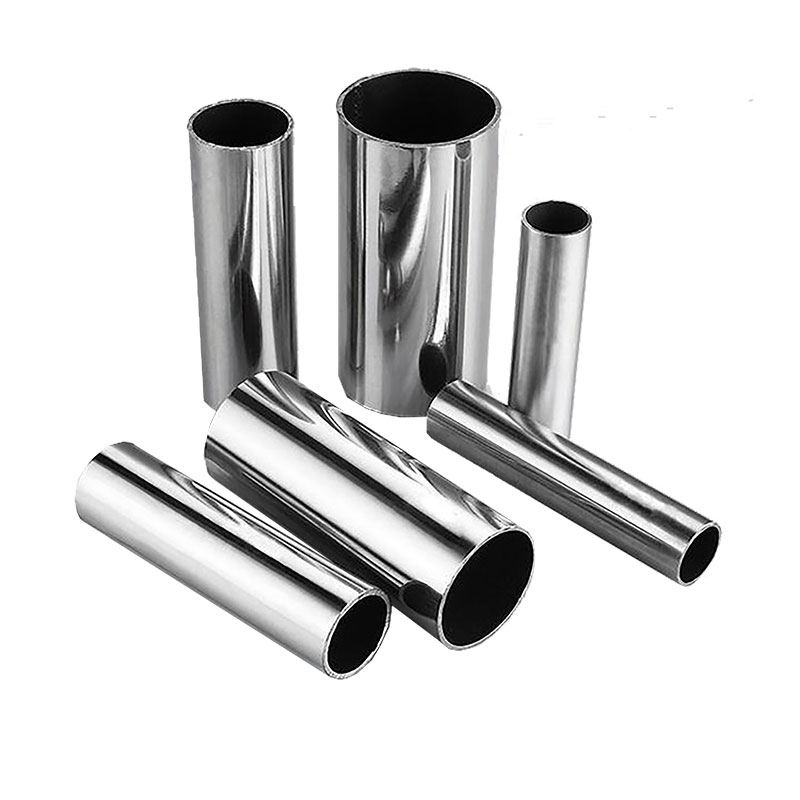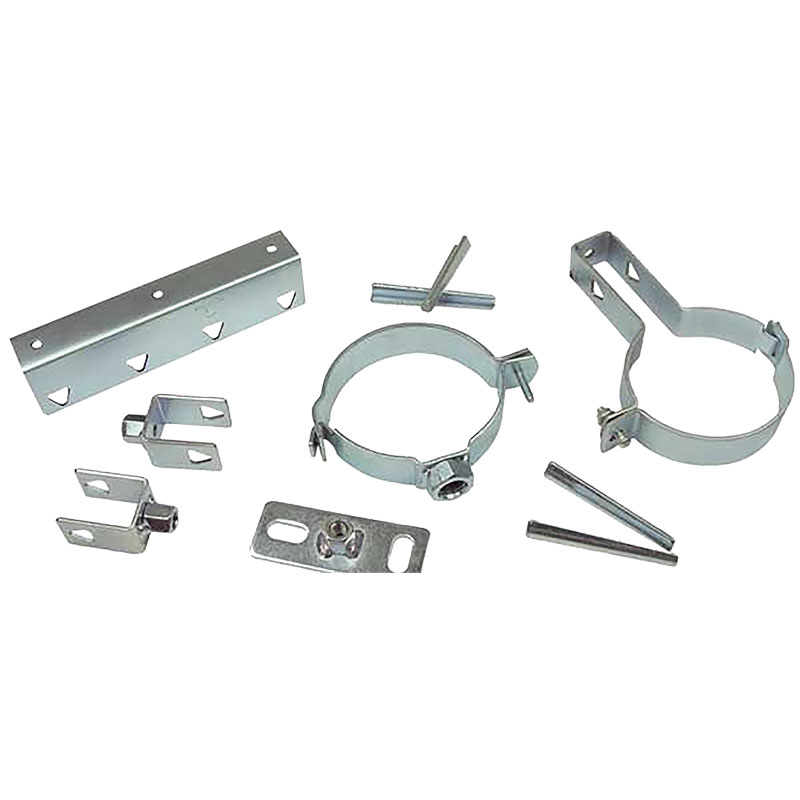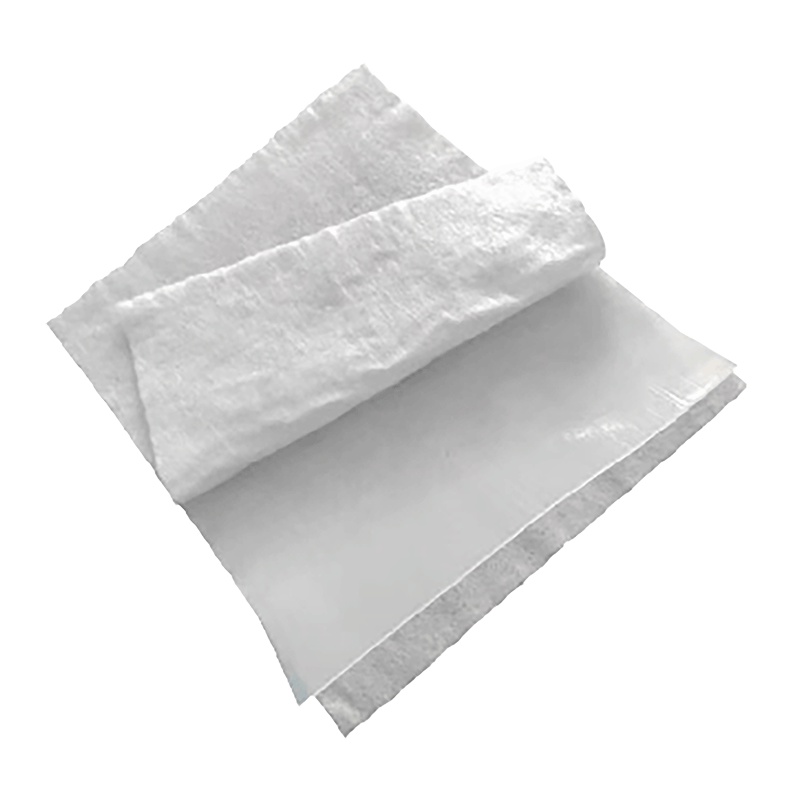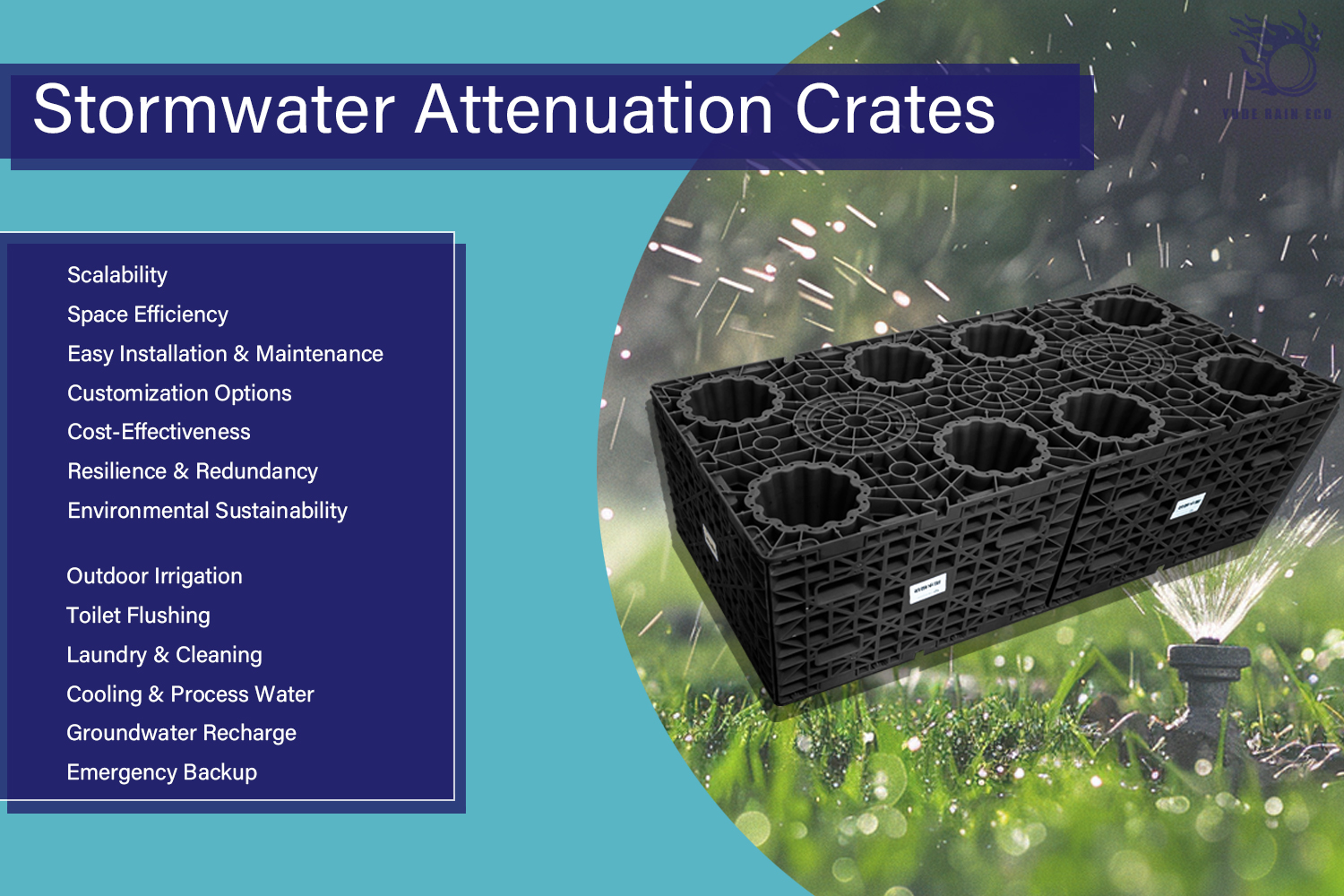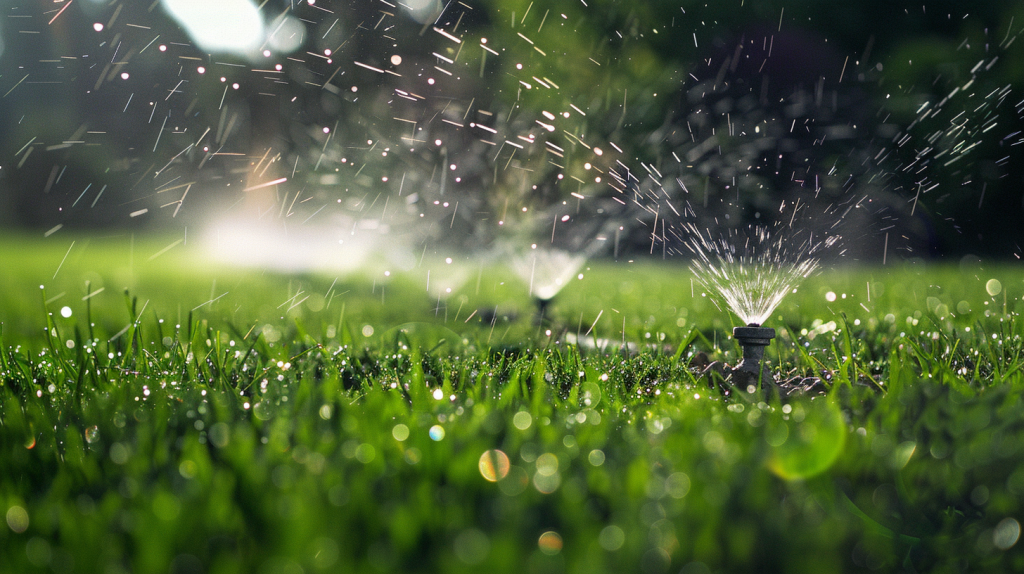In an era of water scarcity and increasing environmental awareness, rainwater harvesting has emerged as a sustainable solution to meet our water needs. This comprehensive guide explores the various aspects of rainwater harvesting systems, their applications in both commercial and residential settings, and the multitude of benefits they offer. Let’s delve into the world of rainwater harvesting and discover how this ancient practice is revolutionizing modern water management.
1. What is Rainwater Harvesting? Key Components of Rainwater Harvesting Systems
Rainwater harvesting is the process of collecting, filtering, and storing rainwater for future use. This practice has existed for thousands of years but has seen renewed interest in recent decades due to growing concerns over water scarcity and environmental sustainability.
A typical rainwater harvesting system consists of several key components:
1.Catchment Area: Typically the roof of a building, where rainwater is collected.
2.Gutters and Downspouts: Channels that convey water from the catchment area to the storage tank.
3.First Flush Diverter: Removes initial runoff that may contain debris and contaminants.
4.Filtration System: Removes remaining impurities from the collected water.
5.Storage Tank: Stores the harvested rainwater for future use.
6.Pump: Distributes the stored water to various points of use.
7.Distribution System: Pipes and outlets that deliver water to where it is needed.
According to the United Nations Environment Programme, rainwater harvesting can provide an additional water source for up to 2 billion people worldwide (UNEP, 2021).
2. Have You Ever Imagined a Day Without Water?
Imagine waking up one morning to find your tap dry, your shower won’t turn on, and you can’t even flush the toilet. While this scenario may seem far-fetched to many in developed countries, it is a daily reality for millions around the globe. According to the World Health Organization, one-third of the global population lacks access to safe drinking water (WHO, 2021).
Water scarcity is not just a problem for developing countries. Even in water-rich nations, droughts and population growth are placing increasing pressure on water resources. The U.S. Geological Survey reports that at least 40 states anticipate some areas will experience water shortages within the next decade (USGS, 2020).
This thought-provoking reality underscores the importance of sustainable water management practices like rainwater harvesting. By reducing our reliance on traditional water sources and utilizing the abundant rainwater that is often wasted, we can help ensure a more water-secure future for everyone.
3. Why Should We Collect Rainwater?
In recent years, rainwater harvesting systems have gained significant attention as a sustainable solution to water scarcity and stormwater management. Both commercial buildings and residential customers are increasingly adopting these systems to reduce dependence on municipal water supply and minimize environmental impact.
Commercial buildings often collect rainwater on a larger scale, typically incorporating complex filtration and distribution systems. These systems can significantly reduce a building’s drinking water demand, with some systems saving up to 80% of water for certain uses. Common applications in commercial settings include toilet flushing, landscape irrigation, cooling tower make-up water, and even fire suppression systems.
For residential users, collecting rainwater offers a gentler but still impactful approach to water conservation. Residential systems often focus on outdoor uses, such as garden irrigation and car washing, but can also be integrated into homes for non-potable indoor uses, like toilet flushing and laundry. The simplicity and effectiveness of these systems make them an attractive option for environmentally conscious homeowners.
The uses of rainwater vary widely depending on the environment and level of treatment. In its most basic form, harvested rainwater can be used for landscape irrigation and outdoor cleaning. With proper filtration and treatment, it can be used for various non-potable indoor applications. In some cases, with advanced treatment, rainwater can even be made potable, although this is less common and subject to strict regulations.
Water recycling systems are often combined with rainwater harvesting to maximize water savings. These systems can treat and reuse graywater from sinks, showers, and laundry, further reducing dependence on municipal water supply. The combination of rainwater harvesting and water reuse can achieve water savings of up to 70% for some households (Water Reuse Association, 2022).
Rainwater storage is a crucial component of any harvesting system. The size and type of tank depend on local rainfall patterns, catchment area, and expected usage. Attenuation tanks are specifically designed to manage stormwater runoff, releasing water slowly to prevent flooding and reduce pressure on municipal drainage systems.
Rainwater collection tanks come in various materials, including plastic, concrete, and metal. Each material has its advantages in terms of cost, durability, and water quality preservation. For example, concrete tanks are excellent for maintaining cool water temperatures but may have higher installation costs.
Tank sizes range from small 50-gallon barrels for simple residential systems to large 100,000-gallon tanks for commercial or agricultural applications. It is recommended to size the tanks based on expected usage and local rainfall patterns to accommodate at least 30 days of water supply (USGS, 2021).
Collecting rainwater can:
- Conserve Water Resources: Reduces demand for municipal water supply and groundwater sources.
- Save Costs: By using harvested rainwater for non-potable purposes, households and businesses can significantly reduce water bills.
- Mitigate Flooding: Large-scale rainwater harvesting can help reduce urban flooding by capturing excess runoff.
- Improve Water Quality: Rainwater is naturally soft and free of many contaminants found in groundwater or surface water.
- Environmental Benefits: Reducing reliance on centralized water systems lowers energy consumption and carbon emissions associated with water treatment and distribution.
- Drought Resilience: Stored rainwater provides a buffer against periods of water scarcity.
- Recharge Groundwater: Collected rainwater can be used to replenish depleted aquifers.
- Reduce Runoff: By capturing rainwater, contaminated runoff into waterways is minimized, improving overall water quality in rivers and lakes.
4. Types of Rainwater Harvesting Systems
Rainwater harvesting systems can be broadly categorized into two main types:
• Surface Runoff Collection:
This method involves collecting rainwater that falls on the ground. It is often used in agricultural settings or areas with large open spaces. Examples include:
- Contour Bunds: Low embankments built along contour lines to intercept runoff.
- Check Dams: Small barriers built across watercourses to slow down water flow and allow it to percolate into the ground.
- Infiltration Basins: Large reservoirs that store surface runoff and allow it to slowly seep into the ground, replenishing aquifers.

• Rooftop Rainwater Collection:
This is the most common type of rainwater harvesting in urban and suburban areas. It involves collecting rainwater from rooftops and storing it for later use. Rooftop systems can be further divided into: a) Above-ground Systems: These use tanks or reservoirs situated above ground to store collected rainwater. They are generally easier to install and maintain but may occupy valuable space. b) Underground Systems: These systems use underground tanks to store rainwater. Although installation costs are higher, they save space and protect the water from sunlight and temperature fluctuations. c) Direct Pumping Systems: In these systems, collected rainwater is pumped directly to points of use without intermediate storage. d) Gravity-fed Systems: These systems rely on gravity to distribute stored rainwater without the need for pumps.
In some areas, rooftop rainwater harvesting can reduce a building’s drinking water demand by up to 80% (ARCSA, 2019).

5. How Do Commercial Buildings Harvest Rainwater? Uses?
Commercial buildings are increasingly adopting rainwater harvesting systems as part of their sustainability initiatives to lower water costs. These systems are typically larger and more complex than residential systems and are often integrated with building management systems for optimal efficiency.
Key components of commercial rainwater harvesting systems include:
- Large Catchment Areas: Commercial buildings usually have extensive roof areas, providing significant collection potential.
- Advanced Filtration: Commercial systems may employ multi-stage filtration, including UV disinfection, to ensure water quality.
- Large Storage Capacity: Underground tanks or multiple interconnected tanks are used to store large volumes of water.
- Automated Control Systems: These systems manage water collection, treatment, and distribution based on demand and rainfall patterns.
Backup Systems: Many commercial systems include connections to the municipal water supply as a backup during drought conditions.
Uses of Collected Rainwater in Commercial Buildings:
- Toilet Flushing: This can account for up to 30% of water use in commercial buildings.
- Landscape Irrigation: Maintaining green spaces around commercial properties.
- Cooling Tower Make-up Water: For buildings with air conditioning systems.
- Car Washing: In facilities that maintain a fleet.
- Fire Suppression Systems: As a backup water source for automatic sprinkler systems.
- Process Water: For industrial applications or specialized equipment.
- Water Features: Providing decorative fountains or water displays.

Commercial buildings can reduce water consumption by 20-50% through rainwater harvesting and other water-saving measures (EPA, 2022).

6. How Do Residential Customers Harvest Rainwater? Uses?
Residential rainwater harvesting systems are generally smaller and simpler than commercial systems but can still provide significant benefits to homeowners.
Common elements of residential rainwater harvesting systems include:
- Rooftop Catchment Areas: Most systems use existing rooftops as the collection surface.
- Gutters and Downspouts: Existing gutter systems are typically utilized for rainwater collection.
- First Flush Diverters: Simple devices used to divert initial, potentially contaminated runoff.
- Leaf Screens and Debris Filters: Prevent larger contaminants from entering the system.
- Storage Tanks: Typically range from 500 to 5,000 gallons, depending on roof size and local rainfall patterns.
- Pumps and Pressure Tanks: Distribute water throughout the building.
Uses of Collected Rainwater in Residential Settings:
- Garden and Lawn Irrigation: This is often the primary use, especially in drought-prone areas.
- Toilet Flushing: Can significantly reduce household potable water consumption.
- Laundry: The natural softness of rainwater makes it ideal for washing clothes.
- Car Washing: Reduces water bills by saving treated municipal water.
- Pet Bathing and Livestock Watering: Provides animals with a chemical-free water source.
- Outdoor Cleaning: Used for washing driveways, decks, and outdoor furniture.
- Indoor Non-Potable Uses: With proper treatment, rainwater can be used for showers and baths.

According to the Rainwater Harvesting Alliance, a typical residential system can save 30-50% on water bills, depending on local water rates and rainfall patterns (RHA, 2023).
Rainwater storage tanks are a crucial component of any rainwater harvesting system, serving as reservoirs for collected water. These tanks come in various sizes, materials, and designs to meet different needs and environments. Here are some key points about rainwater storage tanks:
Materials:
Common materials include polyethylene (plastic), fiberglass, concrete, and metal (usually steel), each with its advantages and disadvantages:
- Plastic Tanks: Lightweight, affordable, and resistant to corrosion.
- Concrete Tanks: Durable and can be constructed on-site, making them ideal for large storage needs.
- Metal Tanks: Strong and sturdy but may require additional treatment to prevent corrosion.
- Fiberglass Tanks: Lightweight and durable, but typically more expensive.
Above-ground vs. Underground:
- Above-ground Tanks: Easier to install and maintain, but take up space and may be less aesthetically pleasing.
- Underground Tanks: Space-saving and protect water from sunlight and temperature fluctuations, but installation costs are higher and maintenance can be more challenging.
Features:
Modern rainwater storage tanks often include:
- Overflow Systems: To manage excess water during heavy rainfall.
- Filtration Systems: To remove debris and contaminants.
- Distribution Pumps: To facilitate water distribution.
- Water Level Indicators: To monitor the amount of stored water.
Whether for residential, agricultural, or commercial use, a properly designed and installed rainwater harvesting system provides significant benefits in water conservation, cost savings, and environmental sustainability.
7. Maintenance of Rainwater Tanks
Maintaining rainwater tanks is crucial for ensuring the longevity and efficiency of the system. Regular maintenance tasks include:
- Cleaning Gutters and Downspouts: This should be done at least twice a year to prevent debris from entering the tank.
- Tank Inspection: Annual inspections can identify potential issues such as cracks, leaks, or algae growth.
- Filter Maintenance: Filters should be cleaned or replaced according to the manufacturer’s recommendations.
- Water Quality Testing: For indoor water supply systems, regular testing is essential to ensure safety.
- Pump Maintenance: This may include checking for proper functionality and lubricating moving parts as needed.
- Cleaning: Tanks should be cleaned every 3-5 years, or more frequently if sediment buildup is significant.
- Mosquito Prevention: Ensure all openings are properly screened to prevent mosquito breeding.
8. Regulations for Rainwater Tanks
Rainwater tank regulations vary by location but typically address the following issues:
- Permit Requirements: Many jurisdictions require installation permits, especially for large systems.
- Setback Requirements: Tanks may need to be placed a certain distance from property lines or buildings.
- Water Rights: Some areas have laws governing the collection and use of rainwater.
- Health and Safety Standards: Regulations may specify allowed uses for collected rainwater and required treatment methods.
- Building Codes: Structural requirements for tank installation and integration with building systems.
- Environmental Impact: Some regions may have regulations aimed at protecting local ecosystems from runoff or overflow.
9. Sizing of Rainwater Tanks
The size of the rainwater tank is an important aspect of system design. Proper sizing ensures that the system can meet water demand while avoiding unnecessary costs. Factors to consider include:
- Roof Catchment Area: The total surface area that can collect rainwater.
- Local Rainfall Patterns: Monthly average rainfall and dry periods affect storage needs.
- Water Demand: Estimated daily or monthly water usage for expected applications.
- Available Space: Physical constraints may limit tank size options.
- Budget Considerations: Larger tanks generally cost more but may offer greater long-term savings.
A commonly used formula for estimating potential rainwater collection is: Collection Potential (gallons)=Roof Area (sq. ft.)×Rainfall (inches)×0.623×Collection Efficiency
The collection efficiency factor (typically between 0.8 and 0.9) accounts for losses due to evaporation, splashing, and first-flush diversion.
Due to Australia’s variable climate and water scarcity issues, rainwater tanks have a long history.
Key points about rainwater harvesting in Australia include:
Widespread Adoption
According to the Australian Bureau of Statistics, approximately 26% of Australian households use rainwater tanks (ABS, 2020).
Government Support
Many states and territories in Australia offer rebates or incentives for the installation of rainwater tanks.
Integration with Building Codes
In some regions, new buildings are required to have rainwater tanks.
Innovation
Australia is at the forefront of rainwater harvesting technology and research.
Water Quality
Local challenges posed by drought and water shortages have driven innovation in rainwater filtration and treatment systems to ensure safe usage.
Applications
Rainwater is commonly used for toilet flushing, laundry, and outdoor irrigation, reducing reliance on municipal water supplies.
Types of Tanks
Slimline, round, and underground tanks are popular choices that meet various residential and commercial needs.
The Australian Rainwater Industry Development Group actively promotes best practices and advocates for policies that support rainwater harvesting nationwide (ARIDG, 2023).
For homeowners, businesses, and contractors, it is crucial to research and comply with specific rainwater harvesting regulations in their area. Failure to do so could result in fines, system modifications, or even the dismantling of rainwater harvesting systems.
Q&A:
1. Which System is Right for You?
Available Space: Above-ground systems require outdoor space, while underground systems are better suited for properties with limited surface area.
Local Climate: Areas with high rainfall may benefit from larger storage capacities, whereas drier regions may need more efficient collection and preservation methods.
Expected Uses: If your primary use of rainwater is for irrigation, a simple system may suffice. For indoor non-potable uses, you’ll need advanced filtration and treatment.
Budget: Underground systems typically have higher installation costs but offer benefits like space-saving and better water quality preservation.
Local Regulations: Some areas have specific requirements or restrictions on rainwater harvesting systems.
Property Type: The roofing material, size, and slope will affect the efficiency and design of the system.
Water Demand: Calculate your water needs to determine the appropriate storage capacity.
Maintenance Needs: Consider your willingness and ability to regularly maintain the system.
Consult Yude Rain Eco rainwater harvesting experts to determine the best system for your specific needs and circumstances.

2. What Benefits Can I Expect from a Rainwater Harvesting System?
Implementing a rainwater harvesting system can offer numerous benefits:
Reduced Water Bills: By using collected rainwater for non-potable purposes, you can significantly lower municipal water consumption. The International Association of Plumbing and Mechanical Officials estimates that rainwater harvesting can reduce household water bills by up to 40% (IAPMO, 2022).
Environmental Protection: Reducing the demand for municipal water supply helps protect natural water sources and ecosystems.
Improved Water Quality: Rainwater is naturally soft and free from many contaminants found in surface or groundwater, making it ideal for various household uses.
Flood Mitigation: Large-scale rainwater harvesting can help reduce urban flooding by capturing excess runoff.
Drought Resilience: Stored rainwater provides a buffer during periods of water scarcity.
Energy Savings: Using rainwater can reduce the energy required for treating and distributing municipal water.
Increased Property Value: A well-designed rainwater harvesting system may be an attractive feature for potential homebuyers.
Reduced Strain on Stormwater Systems: By collecting rainwater, the runoff entering municipal stormwater systems is reduced, potentially lowering infrastructure costs.
Educational Opportunities: Rainwater harvesting systems can serve as practical tools for teaching about water conservation and sustainability.
Potential Tax Incentives: Some regions offer tax deductions or rebates for installing rainwater harvesting systems.


